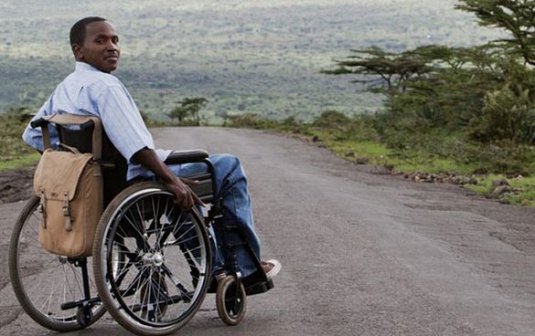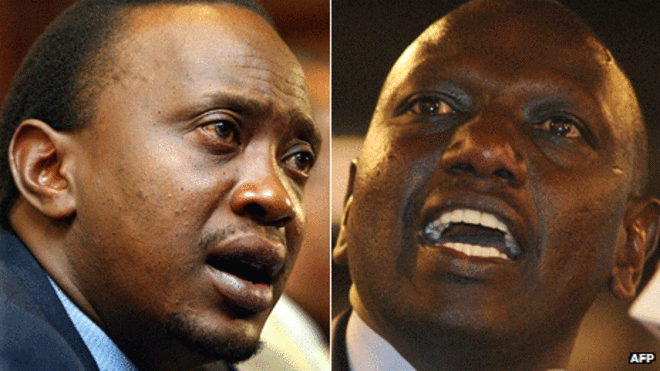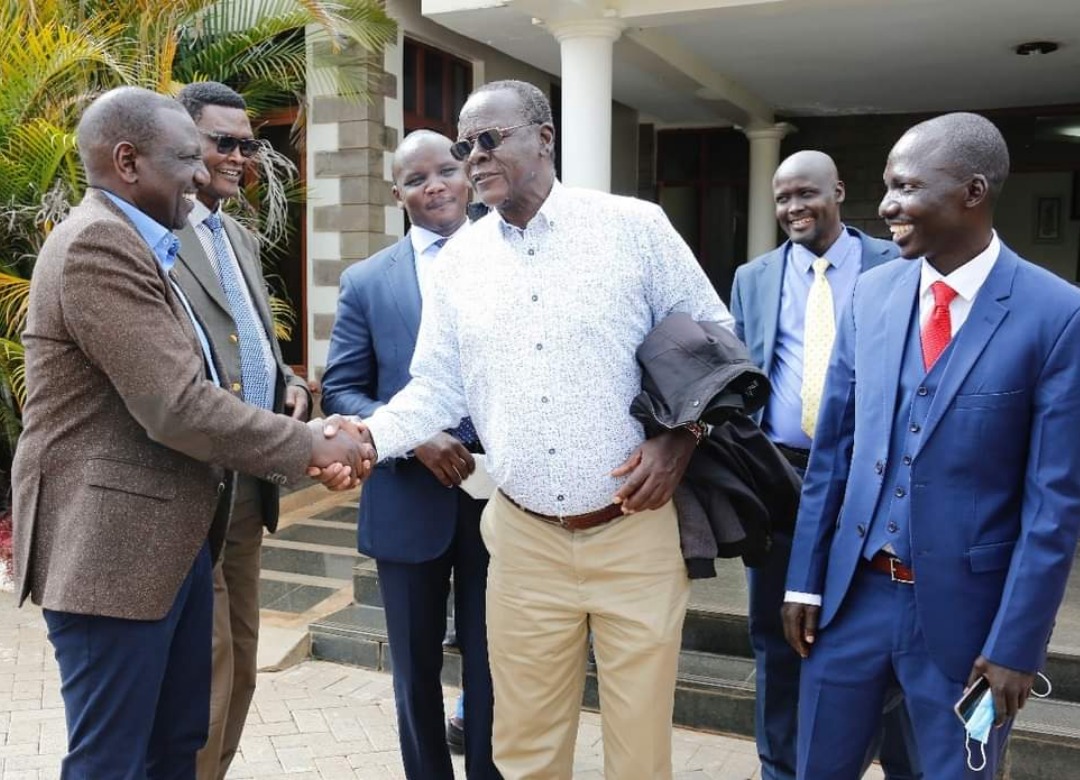In June 2012, Kenyans learned of a man called Zack, a spinal injury victim who was confined to a wheelchair, and he was wheeling himself to South Africa, where the nearest Spinal Injury Rehabilitation Centre is located.
Zack, whose full name is Zachary Kimotho, was shot by carjackers in the spine in 2004, and became paralysed.
He was chosen to be the face of a campaign, dubbed Bring Zack Back Home, to raise Sh 250 million, for building a spinal injury rehabilitation centre in Kenya.
The campaign captured people’s imagination and garnered international attention, with sections of the British media referring to him as the “The wheelchair hero.”
Kenyans contributed to save him from pushing the wheelchair to South Africa and the people behind the campaign were excited by the overwhelming support and attention they received, especially from the media.
Money poured in through the campaign’s Paybill Number, and after 60 days, the kitty had Sh 73 million, falling short of the Sh 250 million target.
So why did Zack come back just as he was about to reach Namanga, on the Kenya-Tanzania border, and what happened afterwards?
Apparently, he came back before the target was met because the 60-day period allowed for such campaigns lapsed. Also, the campaign had not gone as envisaged, according to Timothy Wanyonyi, the Westlands Member of Parliament who is also a spinal injury victim.
Like Zack, Wanyonyi was a carjacking victim in 1998 and was shot in the spine too and got paralysed.
Mr Wanyonyi co-founded the Kenya Paraplegic Organisation after he went for rehabilitation in Brussels and “was shocked to discover that Kenya had no spinal rehabilitation facility for spinal injury patients. We came up with this organisation to help people living with spinal cord injury and related traumas,” he says.
They started fundraising in 2004 and bought 12 acres of land in Olooloitikosh in Kajiado Consituency, then started looking for money to build a rehabilitation centre.
“We approached various entities including the Government, but only Safaricom showed interest and came up with the idea of raising funds through a Paybill Number,” he says.
“The company helped us form a team and asked us to find a KPO member who would be the face of the campaign.”
After a series of auditions, Zack qualified due to his professional background as a veterinarian and his ability to express himself eloquently.
That is how the Bring Zack Back Home campaign was born, with an aim of raising money to build the rehabilitation centre. The campaign, according to Wanyonyi, suffered a setback when the then internal security minister, George Saitoti and his deputy, Orwa Ojode died in a plane crash.
The media which had helped build the hype around the campaign shifted their focus, for two weeks, which is usually the most crucial time for any campaign.
Even though the campaign was not permanently crippled since Kenyans had started contributing and continued to do so, it was hurt, and never quite fully recovered.
When the campaign ended without meeting the target, Zack turned back as the organisers decided to complete the project in phases.
However, they encountered another problem: Taxes. The amount levied on the Sh 73 million they had collected was Sh 8.8 million.
This was high, and the organisation applied for a waiver, but the request was denied.
“Everything, including charity, is taxed nowadays,” says Wanyonyi. “They said that we could apply for exemption later, but the amount we had had to be taxed.”
However, their plans did not come to a halt, and they continued developing the 12-are parcel of land in Kajiado.
In August 2013, the Deputy President, William Ruto laid the foundation stone for a rehabilitation centre, and made a commitment that the Government would refund the tax money, not through monetary contributions, but by providing equipment worth Sh 30 million once the building was complete.
The first phase, Wanyonyi says, is 80 per cent complete. “We have completed the administration block, several rooms, the operation theatre and other things that make the centre functional,” he says.
When Sunday Magazine visited the site, we found a security officer and two caretakers.
The imposing building has tall grass all around it, an indication that not much goes on there and that it has been long since any construction work was done there. Even if the building was complete, the challenging bit would be getting the equipment, and KPO is hoping some Good Samaritans will come to its rescue.
“Technology in other countries is so advanced and in three years, the machines they use are already obsolete,” says Wanyonyi.
“In Kenya, we usually buy machines that are even ten years old, so if some foreign government donated their three-year-old machines, to us they would be as good as new.”
There have been murmurs that since the the campaign went quiet suddenly, the organisers were up to something sinister considering that Bring Zack Back Home was on the lips of almost everyone and people knew that Zack was going to South Africa.
Many of those who used the Paybill Number to send their contributions are not aware of what happened to the campaign, or even where Zack reached.
“We did not really go quiet,” says Zack. “We wanted to do something substantial first so that we could show the public once we were done.
“That way, they could see what we did with the money.”
He says that “some people have been pointing fingers, saying we squandered the money yet we did not.”
Wanyonyi says the centre is there for anyone to go and see.
“That money never came to the organisation.
“The funds were held in a special account that was opened by us and Safaricom and the contractor was paid directly from that account,” he says.
“We had signatories drawn from a board of trustees that we set up, and we also called in Deloitte who were the auditors.”
The organisers have continued soliciting for partners and have now partnered with Chandaria Foundation, who, as the key sponsor, committed Sh 30 million towards the project.
The centre was named the Kenyan Paraplegic Organisation Chandaria Spinal Injury Rehabilitation and Trauma Centre.
The Deputy President also recently upped the prior pledge from Sh 30 million to Sh 98 million in equipment and promised that the Government will also provide personnel to the hospital.
If completed early, it will be the first and only spinal rehabilitation centre in East and Central Africa.
The other centres are in South Africa and Egypt.
For now, the ever-increasing number of spinal injury victims continue to suffer, and die due to lack of facilities in the country.
Kenya Paraplegic Organisation estimates that 70 per cent of patients die barely within six months upon leaving health facilities due to lack of rehabilitation facilities.
Other than general hospitals, the only other option for spinal injury victims is the National Spinal Injury Hospital, the only one in East Africa.
However, getting admission to the hospital is close to impossible.
It has 30 beds, yet there are over 200 patients waiting for space at any given time.
“At the hospital, patients receive treatment for their wounds and get physical rehabilitation services,” says Dr Maurice Siminyu, a co-founder of Kenya Paraplegic Organisation, and a former medical superintendent of the hospital.
“Afterwards, they need even more specialised rehabilitation, especially psychological,”
Wanyonyi implores the government to take up the setting up of the rehabilitation centre as a 2030 flagship project “because Vision 2030 talks of affordable medical services to the people, and once finished, this centre will be open to anyone to access treatment.”
StandardMedia.



